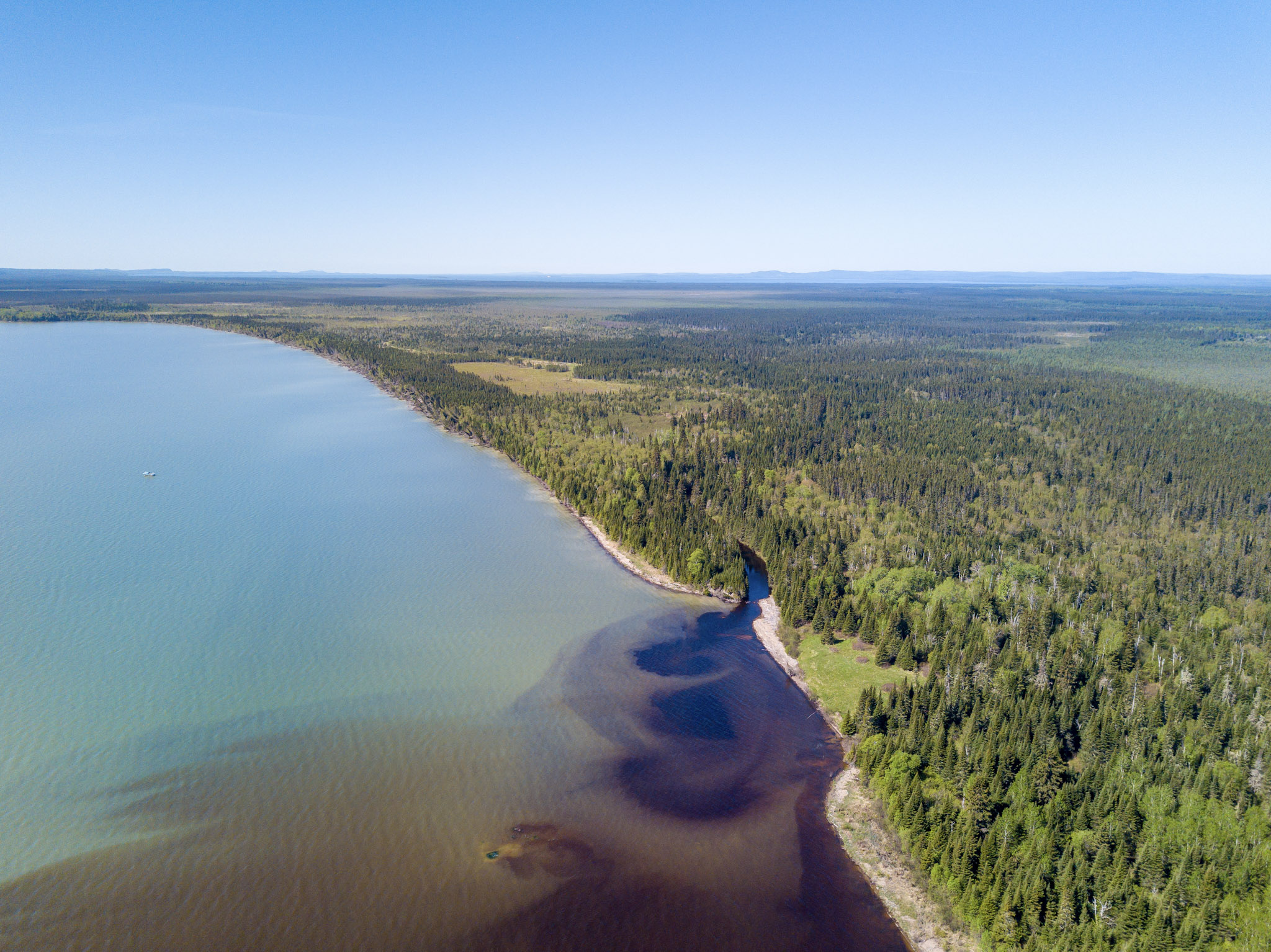Last week, the Nature Conservancy of Canada (NCC) and its partners announced the creation of a new 3,170-hectare protected area in northwestern Ontario on the shores of Lake Superior.
Black Bay is NCC’s largest conservation project on the north shore of Lake Superior. The protected area includes more than 1,300 hectares of coastal wetlands and almost 1,900 hectares of coastal forest on both the Black Bay and the Nipigon Bay sides of the Black Bay Peninsula. Rich forests and wetlands support a variety of species, including olive-sided flycatcher (federally listed as threatened under the Species at Risk Act), bald eagle, palm warbler, LeConte’s sparrow, sandhill crane and American white pelican. To date, NCC has protected 88 kilometres of Lake Superior shoreline.
“I want to thank our generous partners—the Government of Canada and The W. Garfield Weston Foundation—for their support in tackling such a big and important project,” said John Lounds, Nature Conservancy of Canada president and CEO. “For us to have a lasting impact on the largest freshwater lake in the world, thinking big is essential. The Black Bay project gives us hope that the landscapes we love today will be here for others to enjoy tomorrow.”
With a major contribution from the Government of Canada, through the Natural Areas Conservation Program, Black Bay represents a significant investment in land conservation in Ontario’s north. The W. Garfield Weston Foundation provided the crucial private donation that made it possible for NCC to complete the purchases of the conservation lands.
With a mosaic of typical north shore habitats, including rare coastal wetlands, upland forests, rivers, creeks, and coastline, the Black Bay project is part of a much larger Provincially Significant Wetland located across the top of the Black Bay Peninsula. This provincially designated wetland is the largest on the north shore of Lake Superior.
“The W. Garfield Weston Foundation is pleased to support conservation initiatives that contribute to the health and long-term protection of the Great Lakes,” said Eliza Mitchell, Director, The W. Garfield Weston Foundation. “Coastal acquisitions on the north shore of Lake Superior will ensure the protection of what is still a healthy and diverse ecosystem; maintaining and improving critical habitat for several endangered and rare bird and plant species.”
To date, NCC has conserved more than 6,228 hectares of the unique north shore ecosystem of Lake Superior. Made up of diverse coastal wetlands, extensive sandy beaches, and coastlines and islands that harbour Arctic-alpine plants, Lake Superior is also the least disturbed of all the Great Lakes, and many of its aquatic habitats, watersheds and coasts remain healthy and intact.









